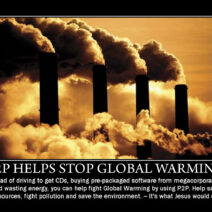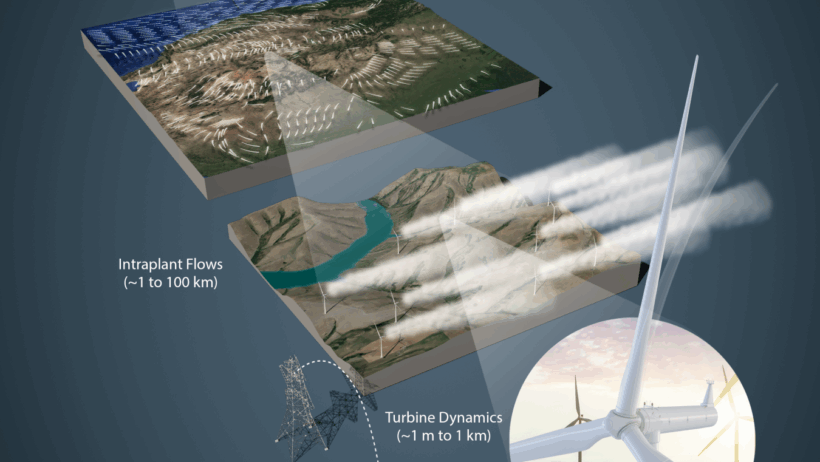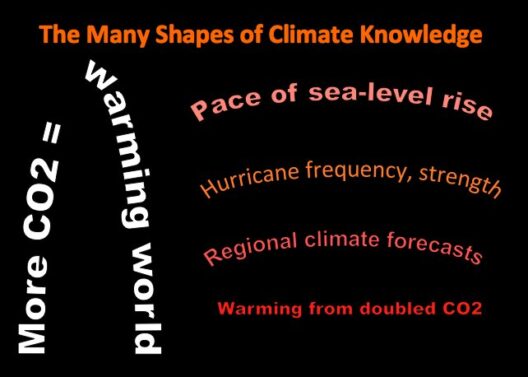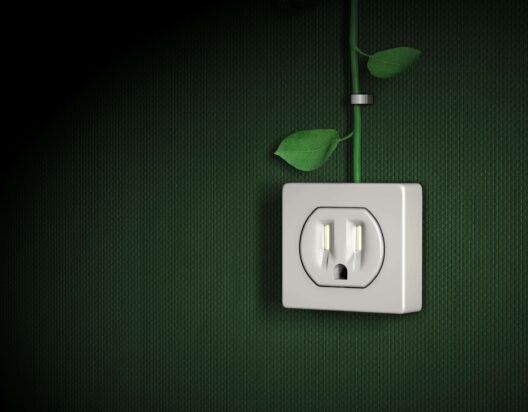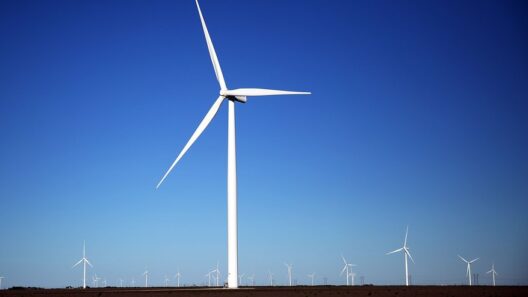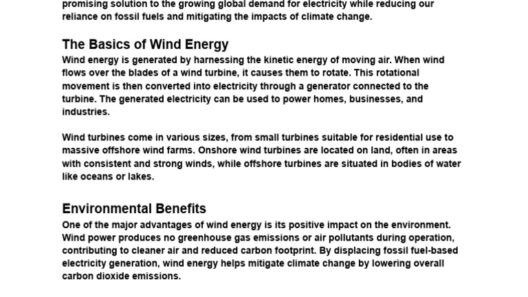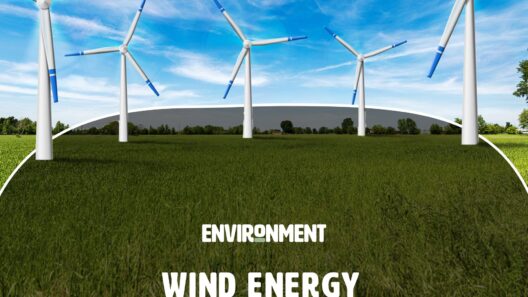The emergence of wind energy as a potent player in the renewable energy arena presents a captivating juxtaposition of technological advancement and ecological concern. As the world grapples with existential climate challenges, wind power shines like a beacon of hope amidst turbulent waters, yet it is not without its controversies. Understanding why wind energy evokes polarized reactions requires delving into a tapestry woven with innovation, economic implications, and environmental considerations.
As countries seek to transition away from fossil fuels, the allure of harnessing the inexhaustible currents of the wind beckons. But what complexities lie beneath this seemingly straightforward solution? What challenges are inherent in capturing this invisible force, and how do they manifest in the societal discourse surrounding wind energy? To tackle these crucial questions, we must first understand the benefits and drawbacks of wind power as a promising, yet divisive, energy source.
Wind energy epitomizes the potential of renewable resources, symbolizing a shift from finite fossil fuels to boundless natural forces. The rhetoric surrounding its advantages often evokes imagery of sweeping landscapes adorned with towering turbines, their blades slicing through the air with effortless grace. The benefits are undeniable: wind energy is abundant, producing electricity with minimal emissions, thus proffering a viable antidote to the burgeoning climate crisis. Moreover, investments in wind infrastructure can stimulate local economies, create jobs, and promote energy independence.
However, despite these boons, the embodiment of wind energy is marred by a tribalistic contention akin to an enduring feud. Central to this debate are the societal and environmental ramifications of wind farm installations. The juxtaposition of a cleaner energy future against the backdrop of local communities provides fertile ground for contention.
Perceptions of Aesthetic Intrusion
One of the most contentious points of discussion revolves around the aesthetic impact of wind turbines on the landscape. Critics argue that these massive structures disrupt the natural beauty of their surroundings, transforming serene vistas into industrialized scenes. Opponents liken the experience to watching a masterful painting sullied by grotesque brushstrokes. The once-uninhibited spectacle of nature is perceived to be marred by what some deem an assault on the eye.
This angst over visual alteration incites a deeper dialogue about humanity’s relationship with nature. Are wind turbines symbols of progress or harbingers of industrial encroachment? This dilemma invites spirited discourse, as advocates argue that the long-term environmental benefits outweigh short-term aesthetic grievances. Proponents maintain that innovations in turbine design can yield more visually appealing installations that blend into the environment rather than dominate it. This ongoing battle epitomizes the struggle between conservationist impulses and progressive aspirations.
Amid the cacophony of aesthetic concerns, another layer of complexity surfaces—the impact of wind power on wildlife, particularly avian and bat species. Wind farms can inadvertently turn into death traps for birds and bats that collide with turbine blades. The tragic irony is palpable: an energy solution meant to thwart ecological distress inadvertently impacts creatures that are essential to maintaining the very balance it seeks to protect.
This tragic intersection of ambition and unintended consequences compels us to grapple with essential questions: can technology mitigate these effects? Are there ways to position turbines so as to minimize avian mortality? Research continues to evolve, with studies examining turbine placement, blade design, and operational protocols aimed at reducing harm to wildlife. Yet, the dialogue remains charged, with fierce advocates on each side of the argument.
The Economic Tug-of-War
While environmental and aesthetic debates rage, economic considerations are equally critical. The investment required to establish wind energy infrastructure is significant, often igniting discussions about public funding, subsidies, and the perceived favoritism toward renewable energy sectors. Critics argue that financial resources devoted to wind energy could be better allocated to other technologies or to addressing pressing societal needs.
Moreover, some communities feel marginalized by the influx of wind projects, viewing them as having disproportionate impacts on local residents. Landowners may gain from leasing their land for turbine installations, yet the broader community may bear the brunt of infrastructural upheaval and the accompanying changes to local ecosystems and economies. The balance of power tilts precariously as urban developers seek to capitalize on these green projects, often ignoring the undercurrents of local opposition among residents who feel sidelined in the decision-making process.
Despite the differing perspectives, it is imperative to recognize that the economic narrative is multifaceted, with the potential for job creation and local investment also holding water. It demands a careful negotiation of interests, a dialogue that encompasses the concerns of various stakeholders while striving for a sustainable future.
The discourse surrounding wind energy intersects with broader themes of environmental justice, equitable investment, and community rights. As we traverse the shifting winds of this discourse, it becomes clear that addressing wind energy’s controversies is not merely about the turbines themselves but rather the holistic relationships they forge with the land, its inhabitants, and the ecosystems that they both depend on and affect.
As we reflect on the winding debate surrounding wind power, the challenge ahead is to harmonize its potential with the realities on the ground. The path to a cleaner energy future is fraught with complexities, tensions, and opportunities for dialogue. Only by fostering an inclusive conversation—one that respects voices from all sides—can we harness the wind’s boundless potential while respecting the land and communities that make its harnessing possible. In this dance of shadows and light, the future of wind energy may yet find its most elegant evolution.


